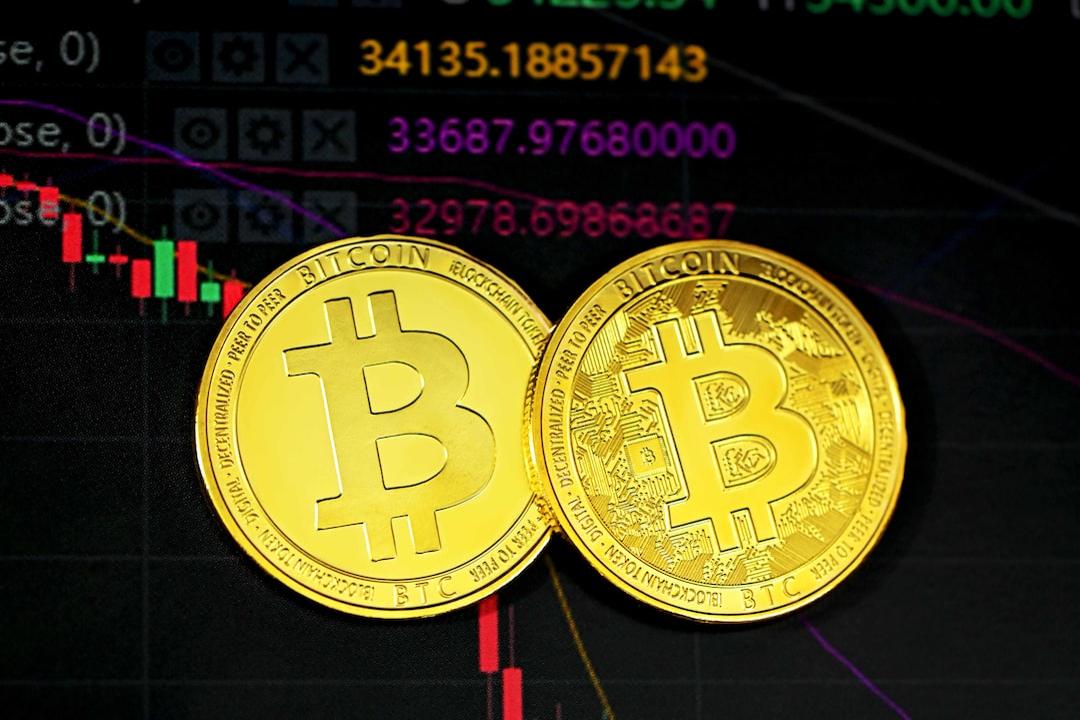The Central Bank of Nigeria (CBN) and Gluwa Nigeria have signed a memorandum of understanding to promote the adoption of the eNaira central bank digital currency (CBDC). Gluwa, a blockchain-based financial platform operating in Nigeria for several years, will integrate its Credal technology into the eNaira platform as an agent partner of the CBN. This integration aims to create “credit reputations” for unbanked individuals, thereby enhancing financial inclusion. These credit profiles will be accessible globally, increasing the effectiveness of the CBDC.
This partnership is part of the CBN’s ongoing efforts to encourage the use of eNaira. Launched in October 2021, eNaira is the world’s second-oldest CBDC. However, by mid-2023, less than 1% of Nigerians with bank accounts had eNaira wallets, and less than 1.5% of wallet holders were actively using them.
Credit ratings are a challenge in Africa, with only 20% to 30% of Africans having a credit score. This leaves a significant portion of the population “invisible” to lenders. Some blockchain-based solutions, including those utilizing soulbound nonfungible tokens (NFTs) and capturing information from low-value peer-to-peer transactions, have been proposed to address this issue.
Gluwa has been operating in Nigeria since at least 2022 and previously collaborated with the Lagos regional government to tokenize agricultural assets. In April 2023, Gluwa made a notable proposal to the Nigerian government to provide advice on cryptocurrency policy. The Nigerian government has had conflicts with cryptocurrency exchanges, with Binance announcing its cessation of naira operations on March 8 following government criticism in February.
Tae Oh, the founder and CEO of Gluwa, is also the head of the Creditcoin Network, another layer-1 blockchain platform. Creditcoin establishes a public ledger of credit history and on-chain loan performance.
In Senegal, Bitcoin has gained popularity as a means of payment. The country has embraced BTC for its potential to overcome challenges posed by traditional financial infrastructure.

